Technological Advancements in Paint Correction: The New Gloss Frontier
From Guesswork to Precision: The Science Powering Today’s Corrections
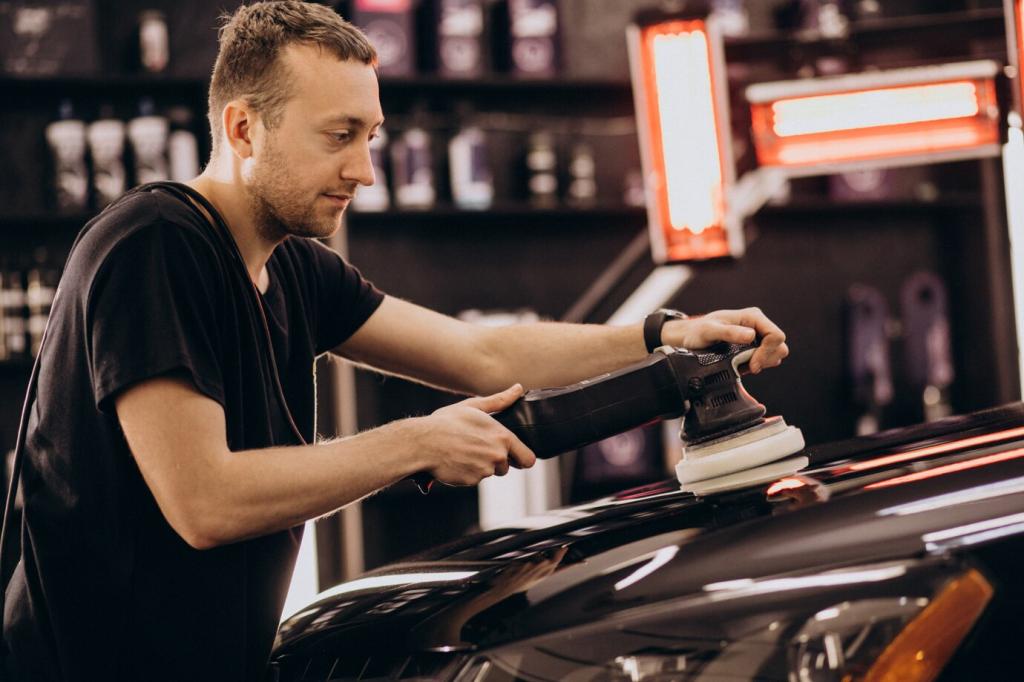
Clearcoat Chemistry, Demystified
Automotive clearcoats contain resins, UV inhibitors, and crosslinking agents that respond predictably to heat and abrasion. Knowing how solvents flash, polymers soften, and lubricants cushion abrasives helps you choose compounds and pads that correct without compromising long-term durability.

Physics of Defects and Light
Scratches scatter light, lowering gloss and clarity. Advanced correction aims to reduce the amplitude of peaks and valleys. By controlling pressure, pad rotation, and abrasive size, you’re shaping micro-topography so reflections tighten, colors deepen, and edges regain crisp definition.
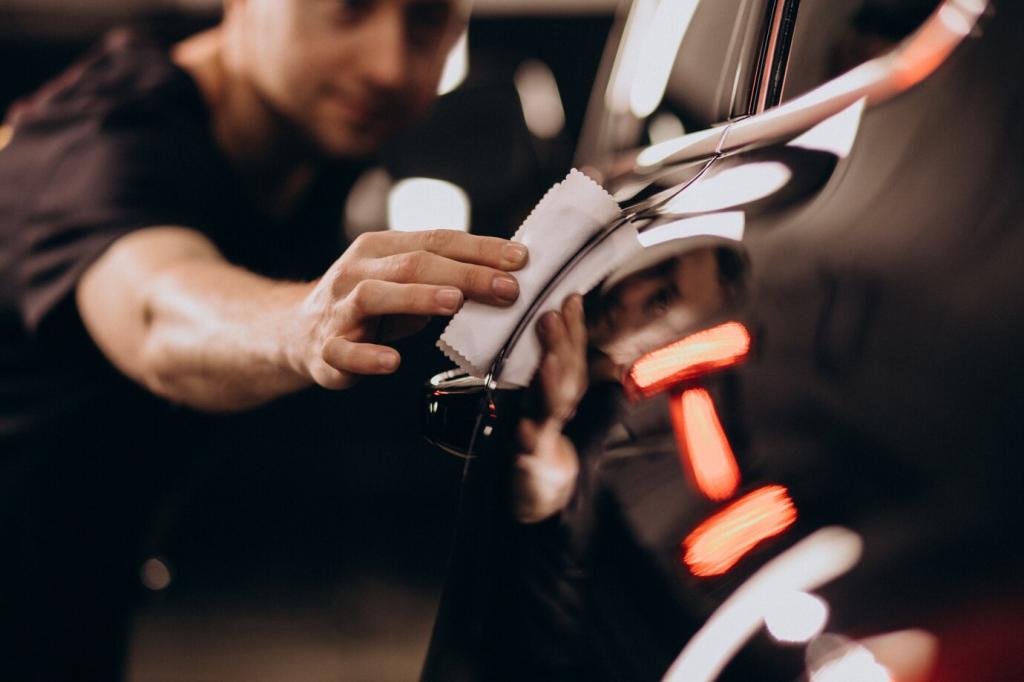
Precision Means Measurable Outcomes
Technology turns the vague idea of “looks better” into metrics you can log—gloss units, haze percentage, and microns of film build. Track improvements, validate your process, and tell us which measurements most changed your approach in daily correction work.
AI Defect Mapping in Real Time
Phone-based apps and smart shop cameras now classify swirls, RIDs, and holograms, recommending corrective steps and predicting risk zones near edges and body lines. Share your favorite AI tools and how accurate their recommendations proved on tricky panels.
Multispectral Illumination Reveals Hidden Swirls
Different wavelengths tease out different defects. Cool, narrow-beam LEDs pick up holograms while warm floodlights highlight hazing. Using multispectral inspection ensures you correct true defects, not chase illusions created by one overly flattering light source in the bay.
3D Profilometry for Safe Cut Control
Non-contact profilometers quantify surface roughness and defect depth without harming the finish. Armed with surface maps, you can limit aggressive steps, protect thin areas, and dial in pad-compound combos that remove only what’s necessary for a lasting, high-gloss result.
Next‑Gen Compounds and Pads: Micro‑Abrasives That Think Small
Diminishing vs. Non‑Diminishing Abrasives
Engineered particles either fracture to become finer as you work or maintain a consistent cut for repeatable performance. Selecting the right system for your paint type reduces overcutting and saves time. What abrasive behavior gives you the most confidence and control?
Pad Materials: Foam, Microfiber, and Beyond
Open‑cell foam cools the surface, microfiber increases cut, and hybrid stacks refine without stalling. Material density and interface thickness influence pressure distribution. Tell us your go‑to pad stack for soft clear versus hard, ceramic‑infused finishes today.
Heat Management and Lubrication
Modern carriers use advanced lubricants to keep abrasives gliding without drying or slinging. Lower peak temperatures protect resins and reduce haze. If you monitor panel temperature, share your thresholds and how lubrication changed your defect removal strategy.
Smart Machines: Dual‑Action, Torque Control, and Embedded Telemetry
Torque Sensing Stabilizes Cut
Load‑sensing electronics boost power when pad rotation slows on curves, preserving abrasive efficiency and preventing micro‑marring. This stability shortens learning curves for new techs. Have you noticed fewer stalls or improved finishes with torque‑smart machines lately?
Reduced Vibration Protects Finish and Focus
Improved counterbalance systems and refined bearings reduce vibration, aiding consistent pressure and pad control. Less hand fatigue means steadier technique over long sessions. Comment with your favorite polisher that made a noticeable difference in smoothness and end results.
Telemetry and Routine Calibration
Some platforms log RPM, orbit rate, and session time. Reviewing data reveals when you overworked a panel or changed technique mid‑pass. Build a habit of calibration checks and share how machine data has improved your repeatability and confidence.
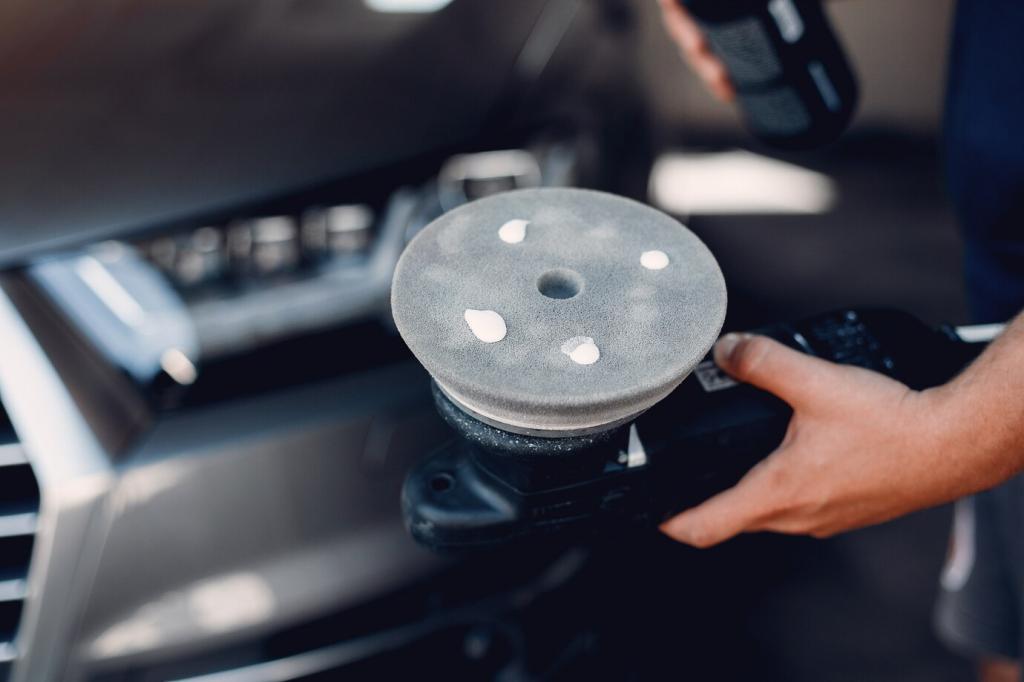
Designing a Reliable Test Spot
Pick a representative area, define passes, pressure, pad, and product. Record baseline gloss, haze, and film thickness. Evaluate under multiple lights. If the result scales, commit; if not, iterate. Share your test spot template to help others improve consistency.
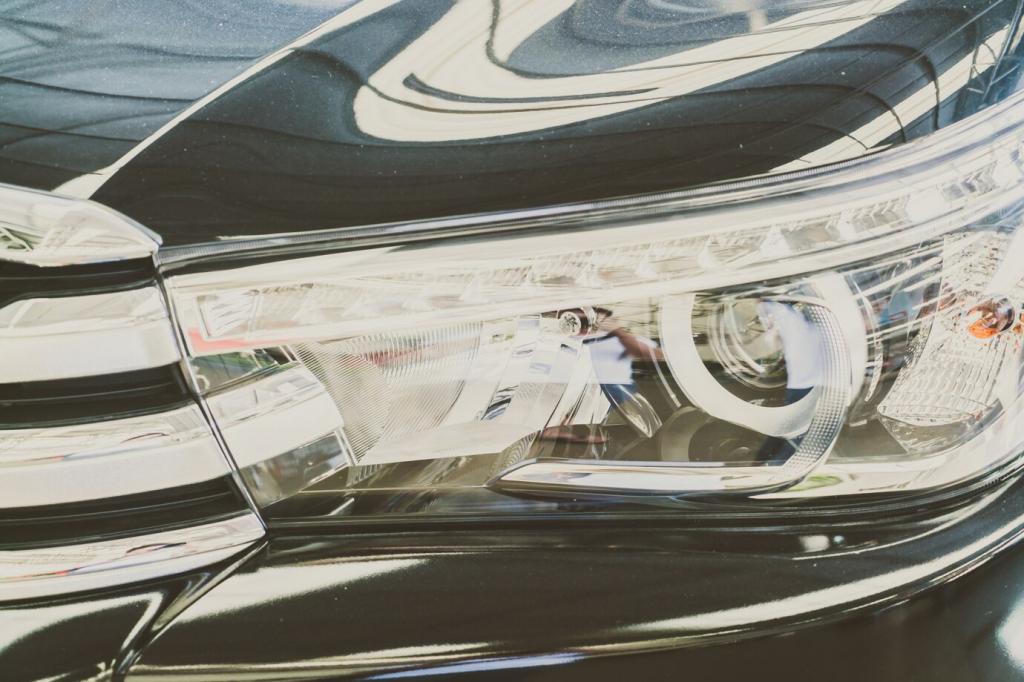
Measuring Gloss, Haze, and Film Build
Gloss meters quantify mirror‑like reflectivity, haze meters capture diffusion, and gauges track microns. Numbers prevent overcorrection and prove value to clients. Which instruments do you trust, and how do you present before‑after metrics that truly resonate?
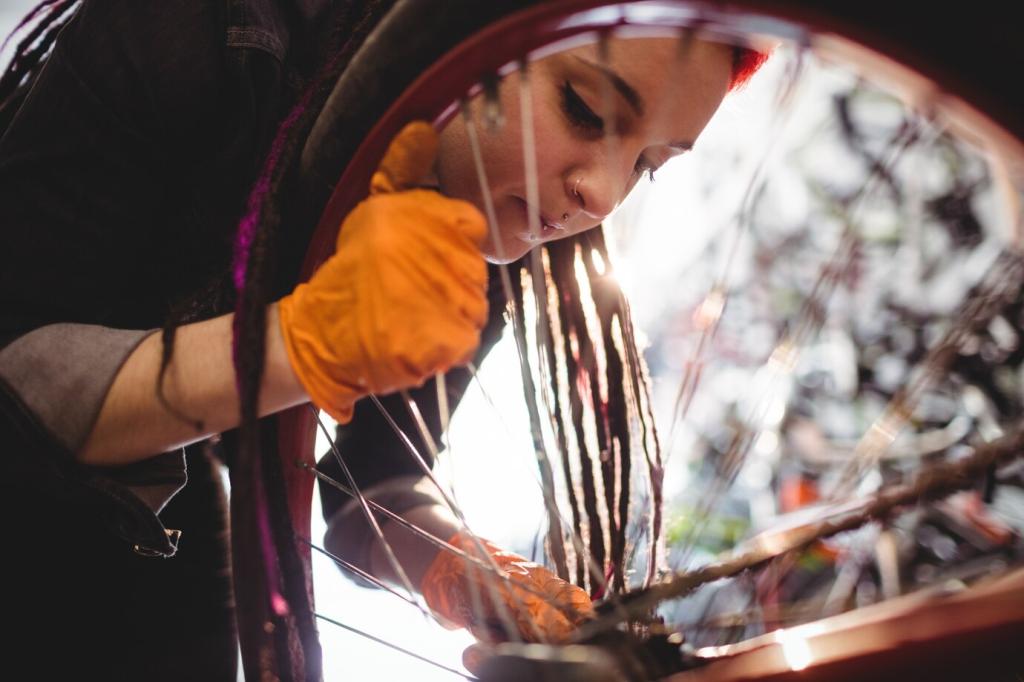
Playbooks that Learn with Each Job
Digital checklists evolve as you log outcomes: what worked on ultra‑soft Japanese clears, which compounds dusted on ceramic‑infused paints. Subscribe to receive our evolving playbook template and contribute your data to strengthen community results across varied finishes.
A Shop Story: Saving a Sunburnt Classic with New Tech
Multispectral LEDs revealed uniform oxidation, while a gauge showed thin clear on the roof. AI mapping flagged edge risks around trim. We planned a gentle, staged approach with a low‑cut, high‑lubricity system to protect remaining film build.
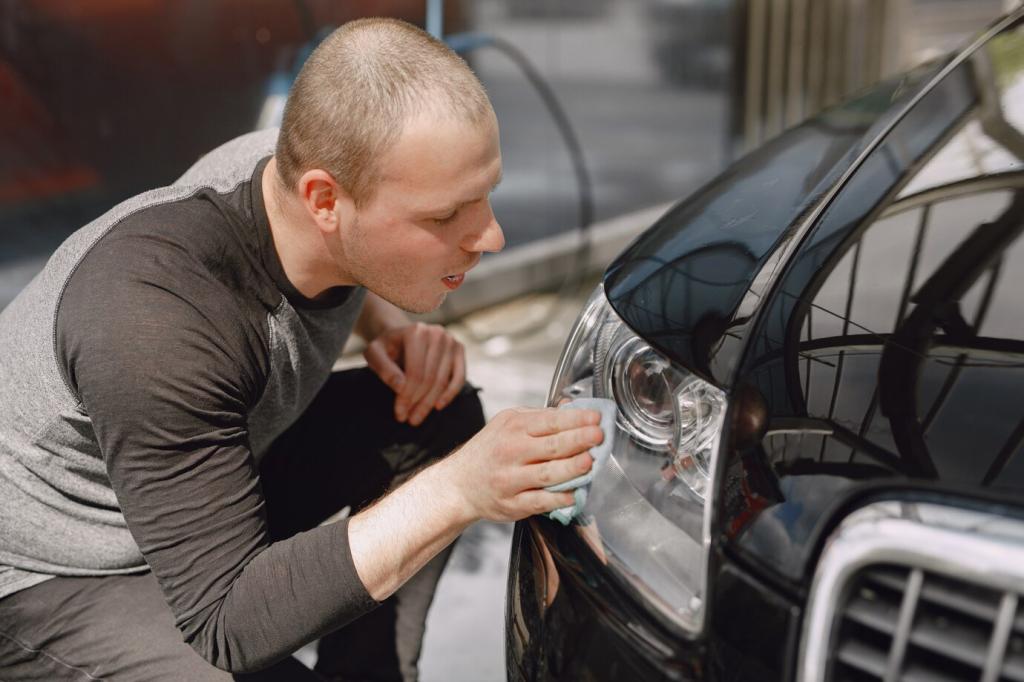
Sustainability and Safety Through Technology
Efficient abrasives, smarter pads, and consistent machine control minimize passes and compound use. Fewer towels, less dust, cleaner bays. Share how you’ve cut consumables without sacrificing results, and inspire others to try leaner, technology‑driven correction methods.

